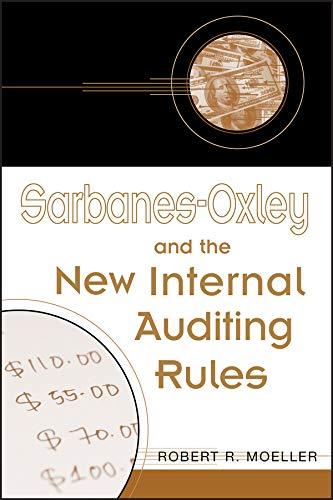
International Foods (IFC) currently processes seafood with a unit it purchased several years ago. The unit, which originally cost $500.000. currently has a book value of $250.000. IFC is considering replacing the existing unit with a newer, more efficient one. The new unit will cost $700.000 and will also require an initial increase in net working capital of $40.000. Additionally, in order to make the new unit operational shipping and installation costs will require a further $50.000 investment. The new unit will be depreciated on a straight-line basis over 5 years to a zero balance. The new unit will have a salvage value of $75, 000 at the end of the projects life in 5 years. The existing unit is being depreciated at a rate of $50.000 per year. IFC can sell the existing machine today for $275.000. Assume IFC's tax rate is 30%. If IFC purchases the new unit, annual revenues are expected to increase by $100, 000 in annuity (due to increased capacity), and annual operating costs (exclusive of depreciation) are expected to decrease by $20, 000 in annuity. IFC estimates that in addition it will need to make ongoing contributions to net working capital in years 1, 2, 3 and 4 in the amount of $10.000. Accumulated net working capital will be recovered at the end of 5 years. IFC's stock returns are perfectly correlated with that of the stock market. The standard deviation of IFC's stock returns are 40% and that of the market returns are 20%. The 30-year government bond rate is 4.5% and the return on the S&P 500 index is 10.5%. IFC just paid $5 in dividends. The dividends are expected to grow at a 20% for the next two years and at a constant rate of 5% from then on forever. There are a 101, 882 IFC shares outstanding in the market. IFC also has a 10-year semi-annual bond outstanding. The annual coupon rate of the bond is 6% and the yield -to -maturity is 7.5%. The bond has a face value of $1000. There are a total of 4466 bonds outstanding in the market. Assume that the company is already at its target capital structure. What is the expected return of IFC's stocks? What is current price of IFC's stock? What is the current price of the bond? What is are the equity, debt values of the company? What is IFC's cost of capital? Compute the "incremental" free cash flows of the project described above. Use the cost of capital you calculated in question 6 to discount the free cash flows and calculate the NPV. What is your recommendation? The company is considering an alternative financing strategy, where DD VV = 0.75 and EE VV = 0.25. What is the WACC under this capital structure? Do you think the project's NPV will be higher under the new capital structure? Explain. International Foods (IFC) currently processes seafood with a unit it purchased several years ago. The unit, which originally cost $500.000. currently has a book value of $250.000. IFC is considering replacing the existing unit with a newer, more efficient one. The new unit will cost $700.000 and will also require an initial increase in net working capital of $40.000. Additionally, in order to make the new unit operational shipping and installation costs will require a further $50.000 investment. The new unit will be depreciated on a straight-line basis over 5 years to a zero balance. The new unit will have a salvage value of $75, 000 at the end of the projects life in 5 years. The existing unit is being depreciated at a rate of $50.000 per year. IFC can sell the existing machine today for $275.000. Assume IFC's tax rate is 30%. If IFC purchases the new unit, annual revenues are expected to increase by $100, 000 in annuity (due to increased capacity), and annual operating costs (exclusive of depreciation) are expected to decrease by $20, 000 in annuity. IFC estimates that in addition it will need to make ongoing contributions to net working capital in years 1, 2, 3 and 4 in the amount of $10.000. Accumulated net working capital will be recovered at the end of 5 years. IFC's stock returns are perfectly correlated with that of the stock market. The standard deviation of IFC's stock returns are 40% and that of the market returns are 20%. The 30-year government bond rate is 4.5% and the return on the S&P 500 index is 10.5%. IFC just paid $5 in dividends. The dividends are expected to grow at a 20% for the next two years and at a constant rate of 5% from then on forever. There are a 101, 882 IFC shares outstanding in the market. IFC also has a 10-year semi-annual bond outstanding. The annual coupon rate of the bond is 6% and the yield -to -maturity is 7.5%. The bond has a face value of $1000. There are a total of 4466 bonds outstanding in the market. Assume that the company is already at its target capital structure. What is the expected return of IFC's stocks? What is current price of IFC's stock? What is the current price of the bond? What is are the equity, debt values of the company? What is IFC's cost of capital? Compute the "incremental" free cash flows of the project described above. Use the cost of capital you calculated in question 6 to discount the free cash flows and calculate the NPV. What is your recommendation? The company is considering an alternative financing strategy, where DD VV = 0.75 and EE VV = 0.25. What is the WACC under this capital structure? Do you think the project's NPV will be higher under the new capital structure? Explain







